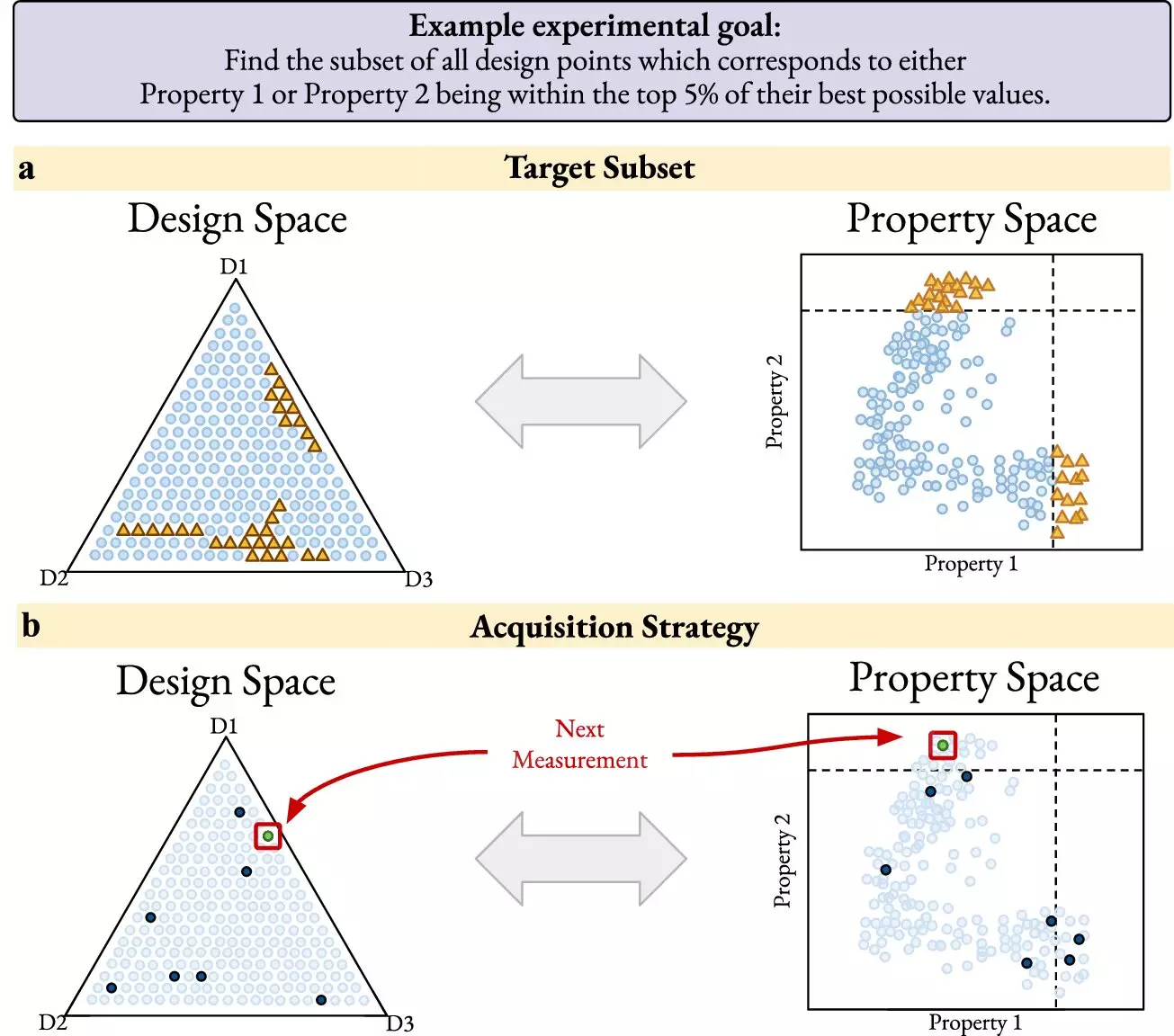Materials science has always been at the forefront of innovation and technological advancement, with researchers constantly striving to discover new materials that can revolutionize various industries. However, the process of discovering and developing new materials has traditionally been time-consuming, expensive, and limited by the vast space of possible materials. In a groundbreaking collaboration, scientists at the Department of Energy’s SLAC National Accelerator Laboratory and Stanford University have developed an AI-based method that promises to change the way we approach materials discovery.
Self-Driving Experiments
The research, recently published in npj Computational Materials, introduces the concept of “self-driving experiments,” where an intelligent algorithm guides the next set of measurements at facilities such as SLAC’s Linac Coherent Light Source (LCLS). This method allows researchers to define complex design goals and automatically convert them into intelligent data acquisition strategies. By leveraging artificial intelligence, researchers can navigate through vast search spaces to discover new materials that match their specific objectives with greater precision and speed.
At the heart of this innovative approach is the Bayesian algorithm execution (BAX) framework, which was developed by co-author Willie Neiswanger. This framework enables researchers to write complex materials design objectives in a simple and intuitive way, making it easier to optimize over a large design space. The ability to learn and improve from each experiment, coupled with AI-driven suggestions for the next steps, allows for efficient and effective materials discovery in even the most challenging scenarios.
The impact of this new method extends far beyond materials science, with potential applications in fields such as climate change, quantum computing, drug design, and manufacturing. By designing materials with specific properties, such as catalytic functionality or magnetic properties, researchers can improve processes in industries ranging from healthcare to energy production. The ability to tailor drug delivery systems or enhance 3D printing processes showcases the versatility and potential of AI-powered materials discovery.
One of the key strengths of this new approach is its user-friendly and open-source nature, allowing scientists worldwide to utilize and adapt the framework for their own research projects. This promotes collaboration and innovation on a global scale, enabling researchers to work together towards the common goal of discovering new and amazing materials. The multi-disciplinary collaboration between SLAC and Stanford exemplifies the power of combining advanced algorithms with targeted experimental strategies to accelerate the pace of materials discovery.
The development of AI-powered methods for materials discovery represents a significant advancement in the field of materials science. By leveraging artificial intelligence, researchers can navigate through complex design challenges with greater precision and efficiency, ultimately leading to the discovery of new materials with unique properties and applications. The future of materials science is bright, with AI-powered discovery paving the way for groundbreaking innovations across various industries.


Leave a Reply